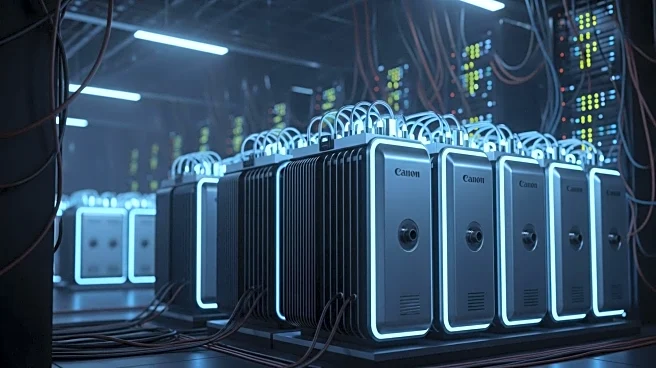What's Happening?
The PJM Interconnection, a regional transmission organization in the United States, has been identified as needing significant energy storage capacity to meet future resource adequacy needs and state clean energy goals. According to a report by the Brattle Group, PJM will require 16 GW of energy storage by 2032, 23 GW by 2040, and 43 GW by 2045. This need arises from anticipated increases in peak load and delays in large gas turbine installations. PJM is currently processing a queue of 63 GW of projects, but additional supply is necessary to maintain reliability. The report suggests that integrating new gas generation and retaining conventional resources are crucial to complementing PJM's growing renewable generation share.
Why It's Important?
The expansion of energy storage within PJM is critical for ensuring grid reliability and supporting the transition to renewable energy. Without adequate storage, PJM could face significant load shedding during extreme weather conditions, leading to increased customer costs. The report highlights the importance of reforming interconnection processes to expedite the deployment of storage and other dispatchable resources. This development is vital for meeting the clean energy targets set by states within PJM's jurisdiction and for maintaining competitive electricity prices.
What's Next?
PJM plans to process its remaining queue capacity by 2025 and 2026, transitioning to a reformed interconnection process that aims to evaluate projects more quickly. The organization is exploring additional interconnection methods to facilitate faster deployment of energy resources. State governments within PJM are encouraged to remove barriers to energy development, which could further support the grid's transition to cleaner energy sources.
Beyond the Headlines
The report underscores the need for PJM to balance its renewable energy goals with the practical challenges of grid management. The potential increase in capacity prices due to insufficient storage highlights the economic implications of energy policy decisions. Additionally, the political dynamics within PJM, with states threatening to leave the organization, reflect broader tensions in energy governance and the need for collaborative solutions.











